Questiontank is 12"x8"x8" & contains 2 fan tailed goldfish, bought and all set up yesterday. The fish were not moving but today I added a small pump & filter & now they seem happier. However, one of them looks as though it is attempting to swim but is not going anywhere. Is this something to be concerned about?
AnswerHi Mark;
You will have to make some major water changes to keep these fish alive. Change 50% of the water at least every other day. Get a filter too, but you will still have to do water changes to keep toxins from killing them until the break-in period of 6 to 8 weeks is over. (more about that at the end of this letter) Goldfish are pretty messy fellas so they really need it. The air pump and airstone is an excellent addition, but they just need more than that.
The tank is actually too small for them. Yours is barely over 3 gallons. Goldfish require at least a 10 gallon tank for two of them to do well for just a few months. They get to be 6 to 8 inches long and have a lifespan of 10 years or more. Many people have kept them in small tanks and bowls but it really is like a mini torture chamber. Their wastes cause toxins to develop and it poisons them. The gills, skin and eyes are burned by toxins like ammonia and nitrite. They can't breathe, get lethargic, and often 'suck air' at the top of the tank to try and get more oxygen into their burned gills. Most of them will slowly give up and die at this stage. Very sad.
If you want a more suitable fish for your little tank, try guppies. They stay small. If you decide to keep the goldfish, get a bigger tank for them with a good power filter. They will love it! Here is my article on new tanks to help you through that part too;
**********
New Tank Syndrome or Break-in Period
So you have a new tank and you filled it up, put the filter together, mounted the heater into place and turned on the lights. You have all the plants and decorations where you want them....
You are ready for fish.
But, your filter is not ready for a full tank of fish yet.
The filter is running and moving the water and cleaning out crud, right? Of course!
But a very important part of your filter is the part you can't see. An aquarium filter removes the larger visible stuff, but it also must remove the dissolved fish waste that turns into ammonia in the water. To do this, special bacteria must grow in the filter system and on the particles of gravel in the bottom of your tank. This process occurs even on a limited scale in little fish bowls that have no filter in them.
This is "New-Tank Syndrome" or the "Break-in Period". The entire process takes 6 to 8 weeks to complete because these "nitrifying" bacteria grow quite slowly.
Start off with only two hardy fish for every ten gallons of water and don't add more until the 6 to 8 weeks has gone by. Hard to be patient, but it is worth it to keep your fish alive and healthy. As a matter of fact, the bacteria cannot develop without fish in the tank. You can let that tank sit forever without fish in it, but as soon as the first fish goes in the process begins. Avoid changing the filter pads during break-in. This removes the bacterial colonies that are essential to a balanced aquarium. You can rinse the filter pad out in a container of aquarium water. This will preserve most of the bacteria colonies while still allowing your filter to flow freely. Even using bacteria additives and water conditioners when you first set up the tank will not make a tank cycle by itself. If there are no fish to provide food (fish waste) for the bacteria, the beneficial bacteria cultures will die and you will have to start the colonies all over again once fish are added to the tank.
Feed your new fish VERY lightly. Any excess food will cause additional waste your system cannot afford to have right now. If you see food floating around or lying on the plants and gravel after five minutes, too much food is going into the tank. Cut back a little each time you feed until it is ALL gone 5 minutes after you feed them.
During this "break-in period" your tank will become cloudy and milky looking. You may have to tolerate this for the entire break-in period but it is only temporary. Changing 25% of the water three times a week until the break-in period is over helps a great deal. Changing water reduces the ammonia and nitrites that rise while the bacteria continues to multiply. If ammonia and/or nitrites become too high, your fish will become stressed and possibly die. Use a good water conditioner when you replace the water and make sure it is the right temperature to avoid shocking your fish.
When the break-in period is over, do regular water changes and vacuum the gravel at the same time. A change of 25% every one to two weeks is a good rule of thumb. It simply needs to be done for healthy fish.
Following these guidelines will help you get your new tank on the right track.
**********
Followups welcome.
At Your Service;
Chris Robbins

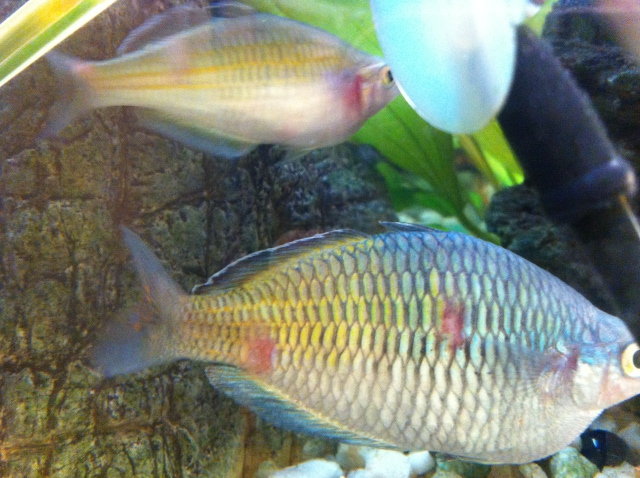 Columnaris/Costia?
QuestionBosmani with bumps
Scales missing
Columnaris/Costia?
QuestionBosmani with bumps
Scales missing
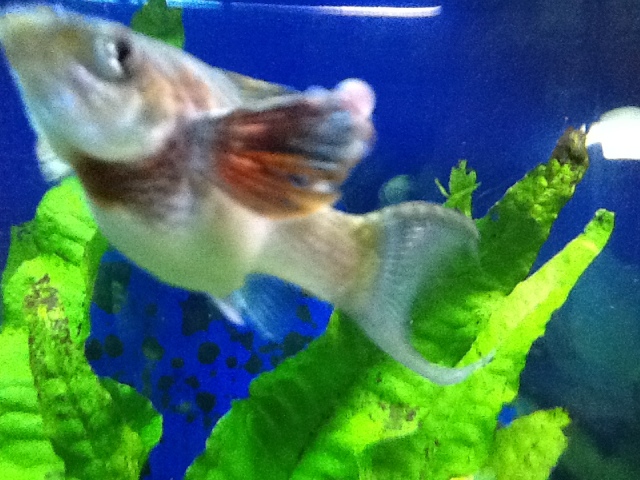 no one has any idea whats wrong with my fish
Question
molly
my molly fish about a month ago g
no one has any idea whats wrong with my fish
Question
molly
my molly fish about a month ago g
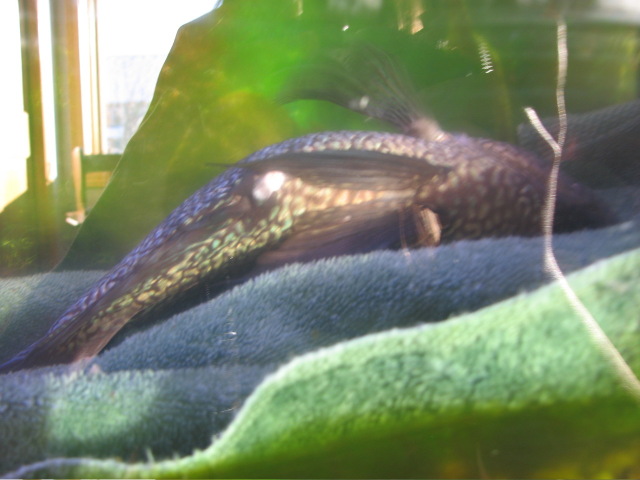 Please help my fish!!
QuestionSapphire
QUESTION: Well my fish is a cro
Please help my fish!!
QuestionSapphire
QUESTION: Well my fish is a cro
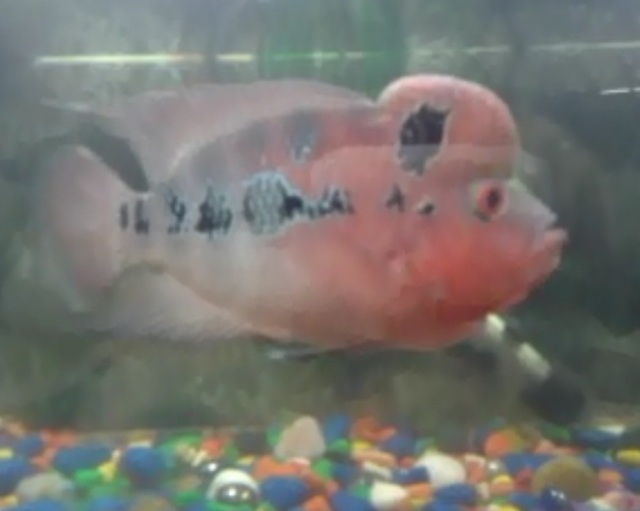 Need Information about Flowerhorn
Question
Flowerhorn
Dear Sir,
Iam Prakash from
Need Information about Flowerhorn
Question
Flowerhorn
Dear Sir,
Iam Prakash from
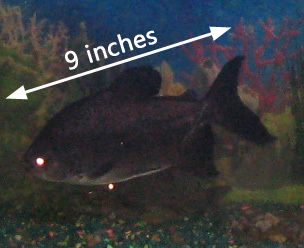 Inherited large fish & tank, what are they?
Question
Mystery Fish
I inherited a huge fish tank with
Inherited large fish & tank, what are they?
Question
Mystery Fish
I inherited a huge fish tank with